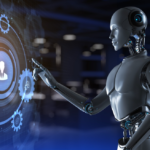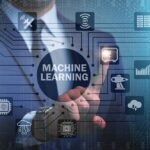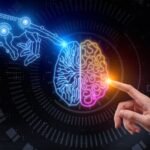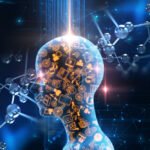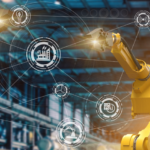AI in Oil and Gas Exploration: AI applications in seismic data analysis for oil exploration.
The oil and gas industry has long been a cornerstone of global energy production, driving economies and shaping the modern world. However, as easy-to-reach reserves become scarcer, the quest for new resources has led to the integration of cutting-edge technology. One such transformative technology is Artificial Intelligence (AI), which is revolutionizing oil and gas exploration through seismic data analysis. In this blog, we delve into the realm of AI applications in the oil and gas sector, focusing on how AI is reshaping seismic data analysis and redefining the future of exploration.
The Power of AI in Seismic Data Analysis
Seismic data analysis is a crucial process in oil and gas exploration, as it helps geoscientists understand the subsurface structures and locate potential hydrocarbon reservoirs. Traditional methods involved manual interpretation of seismic images, a time-consuming and subjective task. AI-powered seismic data analysis, on the other hand, leverages machine learning algorithms to process vast amounts of seismic data quickly and accurately.
Machine learning algorithms, particularly deep learning models, are adept at recognizing patterns and features in complex datasets. By training on historical seismic data and well logs, AI algorithms can learn the relationships between subsurface features and seismic responses. This enables them to predict geological formations, fault lines, and potential reservoirs more effectively than traditional methods.
Applications of AI in Seismic Data Analysis
- Seismic Image Interpretation: AI algorithms can automatically detect and interpret subsurface features in seismic images, reducing human error and speeding up the exploration process.
- Predictive Modeling: AI can predict the likelihood of finding oil and gas reservoirs in unexplored regions based on historical data and geological characteristics.
- Optimizing Drilling: By analyzing seismic data, AI can help determine optimal drilling locations, reducing the risk of dry wells and minimizing costs.
- Risk Assessment: AI can assess the geological and environmental risks associated with exploration activities, aiding in decision-making and regulatory compliance.
- Data Fusion: AI can integrate seismic data with other geospatial and geological information, providing a more comprehensive understanding of subsurface conditions.
Benefits and Challenges
The integration of AI in seismic data analysis offers numerous benefits:
- Enhanced Accuracy: AI algorithms can identify subtle features in seismic data that might be overlooked by human interpreters, leading to more accurate predictions.
- Time and Cost Efficiency: AI-powered analysis significantly reduces the time required for data interpretation, accelerating exploration efforts and minimizing operational costs.
- Risk Reduction: AI-driven insights help mitigate risks associated with exploration, leading to informed decision-making and optimized resource allocation.
However, challenges remain, such as the need for high-quality labeled data, potential biases in training data, and ensuring that AI-generated interpretations are transparent and understandable for human experts.
Future Outlook
The future of oil and gas exploration lies in the seamless integration of AI with traditional methods. As AI algorithms become more sophisticated and capable of handling complex geological data, their role in decision-making processes will become even more pivotal. The industry is likely to see advancements in real-time data processing, automated reservoir modeling, and the development of AI-driven predictive models that optimize exploration strategies.










